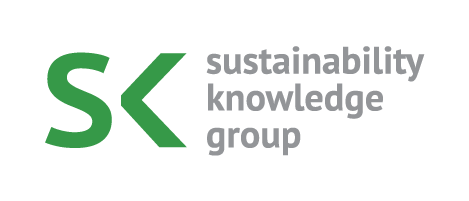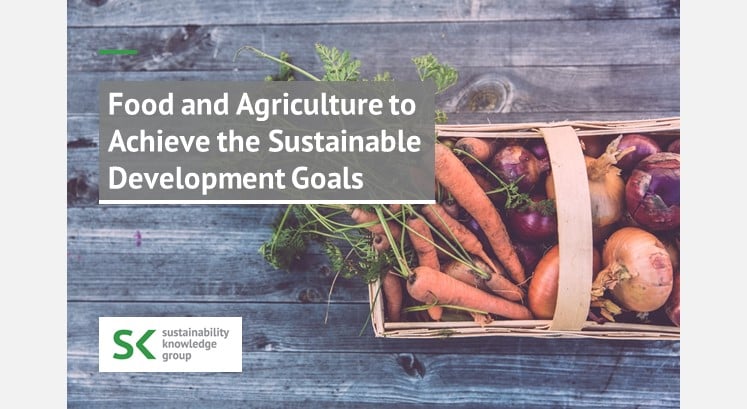Access to quality and nutritious food is fundamental to human existence, and food security has a wide range of positive impacts such as economic growth and poverty reduction.
More efforts and innovation are required to increase sustainably in agricultural production and ensure that everyone has access to nutritious food. The Food and Agriculture Organization (FAO), is leading international efforts to eradicate world hunger and poverty and achieve the Sustainable Development Goals (SDGs) by 2030. FAO is the custodian of 21 of 230 of the SDGs indicators directly related to SDG2, SDG5, SDG6, SDG12, SDG14, and SDG15.
As a custodian agency, FAO is responsible for:
- Collecting data from national sources, validating, harmonizing, estimating regional and global aggregates, and making them available for international reports.
- Contributing to annual reports on the progress of the sustainable development goals and include them in the high-level political forum’s follow-up and review processes.
- Establishing partnerships with other international agencies to monitor the increasing number of indicators necessary to achieve interrelated goals.
SDG 2: Zero Hunger
In developing and developed nations, nearly 690 million people still suffer from chronic undernutrition. Malnutrition causes massive losses that affect individuals’ health and the quality of life for individuals and societies. With ten indicators, FAO monitors hunger, food insecurity, productivity and income of small-scale food producers. It also monitors agricultural sustainability indicators, the conservation of animal and plant genetic resources for food and agriculture, the risk situation of livestock breeds, public investment in agriculture, and food price volatility.
SDG 5: Gender Equality
In developing countries, women make up more than half of the agricultural workforce. Despite the critical role of women in agriculture and rural development, the restrictions women face compared to men prevent them from increasing their production. By monitoring both indicators of women’s ownership of agricultural land and women’s equal rights to land ownership, FAO works on gender equality. It seeks to enable and support rural women’s production to reduce the number of poor and hungry, thereby increasing economic and social gains.
SDG 6: Clean Water and Sanitation
Around 2.5 billion people worldwide do not have access to adequate sanitation. Water scarcity and quality affect food security, nutrition, population growth, productivity, and the environment. FAO monitors both water use efficiency and water stress, works with countries to ensure that water and sanitation are available to all and are managed sustainably.
SDG 12: Responsible Consumption and Production
As the world’s population grows, there is a need to move towards more sustainable approaches to production and consumption in water, energy and food to reduce negative environmental impacts. FAO works to monitor global food losses and waste and coordinate activities and initiatives for responsible use and production.
SDG 14: Life below water
Fish consumption is increasing, as it is one of the types of animal proteins. However, excessive consumption may threaten aquatic organisms, which in turn leads to several environmental problems. FAO initiatives focus on monitoring the fish stocks sustainability, illegal fishing, value of sustainable fisheries, and access rights for small-scale fisheries, in order to enhance the conservation and sustainable use of oceans and marine resources.
SDG 15: Life on Land
Healthy ecosystems protect the planet and secure livelihoods. However, ecosystems are stressful due to changes in land use that have led to biodiversity loss and many environmental problems. FAO promotes sustainable methods and approaches in natural resource management, monitoring and reporting on the forest area, mountain green cover, and sustainable forest management.
Building a Fairer Society Without Leaving Anyone Behind
Current estimates show that nearly 690 million people are hungry, or 8.9 percent of the world population. With more than a quarter of a billion people potentially at the brink of starvation, swift action needs to be taken. Associated issues, including agricultural productivity, land degradation, global supply chains and our broken food systems also require an urgent response and are directly linked to achieving SDGs. This can be achieved only through collaborative strategies and concrete action plans that will accelerate the transformation of the agricultural sector.
FAO continuously works on initiatives and activities to eradicate poverty and hunger, respond to climate change, conserve natural resources, achieve food security and sustainable agriculture. But with only one decade remaining to achieve the SDGs, this grand ambition requires cutting edge technology, resilient food systems, greater cooperation and global partnerships to address the root causes of poverty and hunger, and to build a fairer and safer society without leaving anyone behind.
Photo by Markus Spiske on Unsplash

